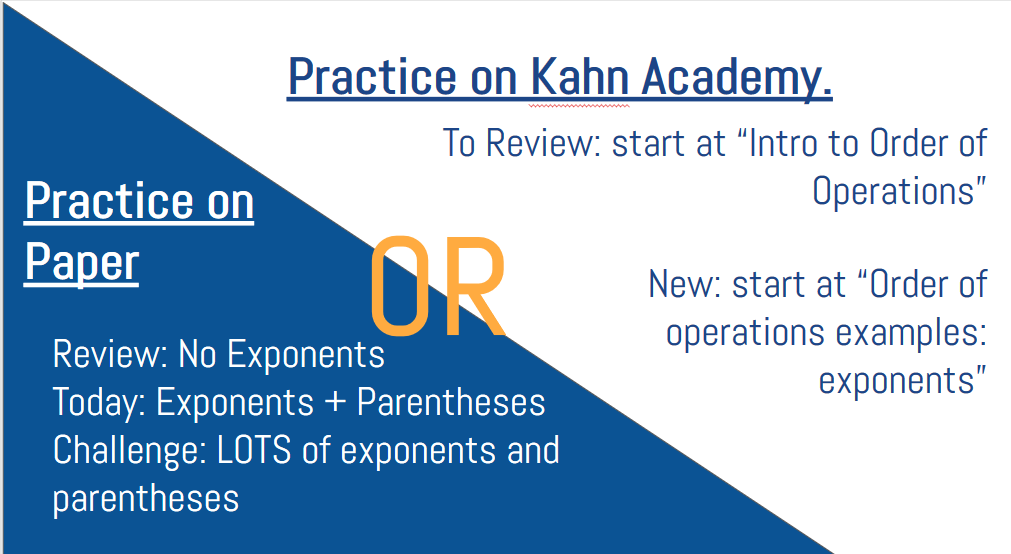Metacognition is in my blog name because it’s one of my absolute favorite things. (See metacognitive routines , and tips and reflections and goals)
But, it sounds daunting, if you’re not already doing it.
Or, you’re many teachers, and you’re already doing so many other things, that adding anything else sounds daunting, doesn’t matter what it is (if so, stick around, I’m also working on a workshop about self care and balance)
But, I would (do!) argue that adding metacognition to your teaching doesn’t have to be hard.
One of the easiest ways is by adding a log to something you’re already doing.
My classes use two logs a day for our spiral review and for our homework and they’re super simple, no frills, but really helpful.
Why logs?
They build a habit of stopping, reflecting, checking in on learning. But also, gaining the insight that comes from the metacognition.
Bonus points: They document patterns of progress or challenge (especially valuable that it’s in a form that students can see, because, ummm… they wrote it. This is helpful for the folks in my classes who insist on doubting their own abilities)
Bonus, bonus points: As a teacher, its so helpful to get insight into students experience/thinking about their learning.
How to:
Decide what to log:
Anything you do repeatedly, that you want your students to thinking about is fair game: homework or independent studying are great because it also loops you in to a students progress but you could do a general log every Friday about the week, or at the end of every unit, or convert your exit tickets to a log entry, or, or, or…
Set up:
I love folders. They keep things just that much neater and easier to find. (Also, I have bright yellow for one and bright green for another and the odds that a log accidentally wanders home in the bottom of a backpack have decreased.) But, folders are totally optional. A chart is nice. I made one for you. But if you don’t like it, make a simple one you do like, or use lined paper.
Here’s a (free!) reflective log template to get you started.
Content:
I go for frequency rather than depth. You might want more specific questions, but a good starting place is:
- Date
- What I did (What homework? What unit? Whatever thing this entry is about)
- How’d it go? (Self assessment and reflection)
- Next steps? (Planning and organizing)
I like to keep the entries small, to keep the intimidation factor down, just a line or two.
Want some more support? I made a (Free!) teacher planning guide

( PS. This post is inspired by a workshop I planned for the Massachusetts Coalition for Adult Education Network Conference in April.
NETWORK has been cancelled for public health reasons. I respect the decision, wish everyone good health… and am going to be offering a digital version.
Here’s the workshop description: Many adult learners enter ABE programs with big goals, and a desire to achieve, but little understanding of how to learn/study effectively. We’ll explore low-prep classroom routines and activities to help students understand their own learning, practice metacognition, and become more skillful, independent learners.





